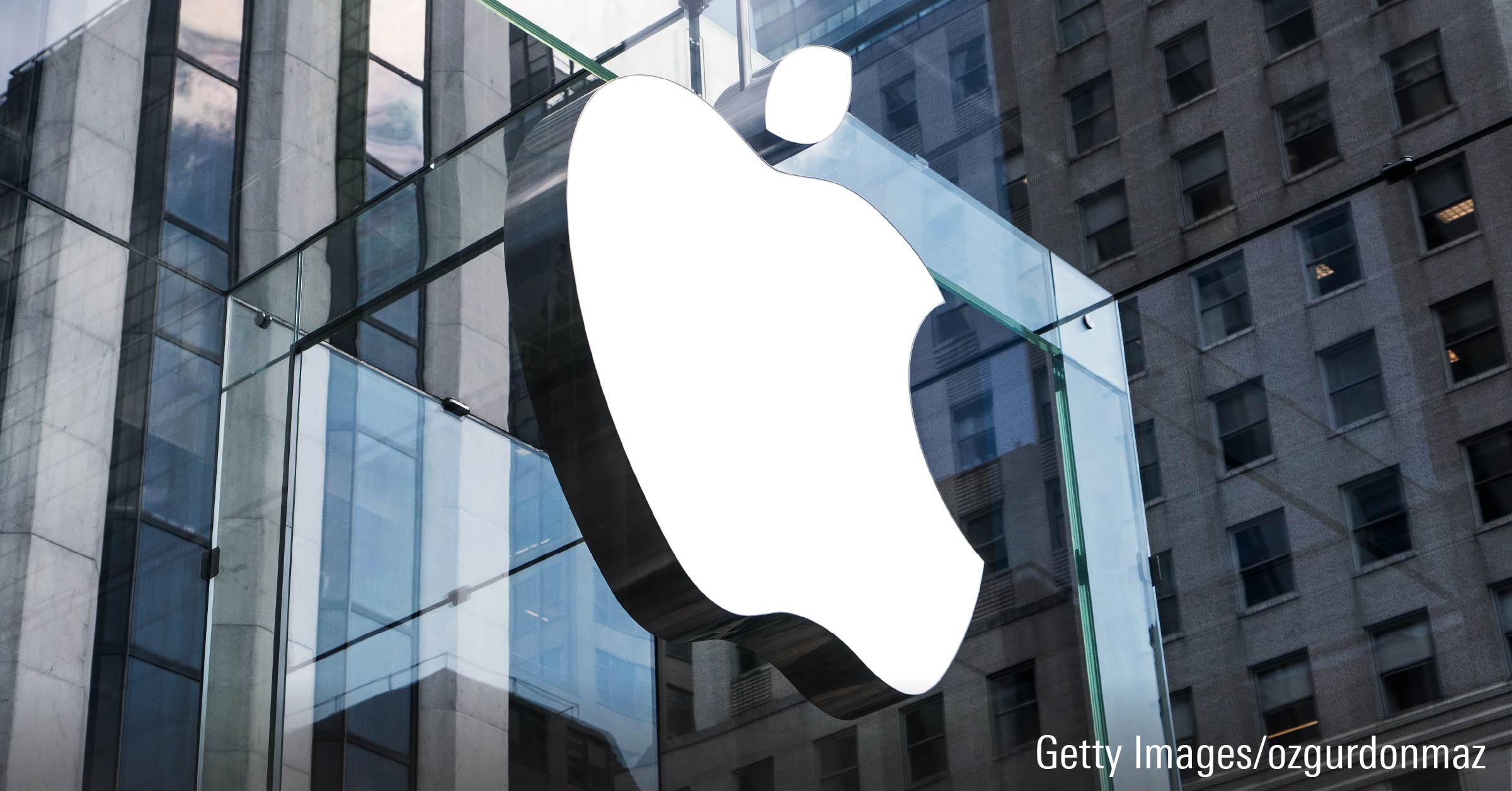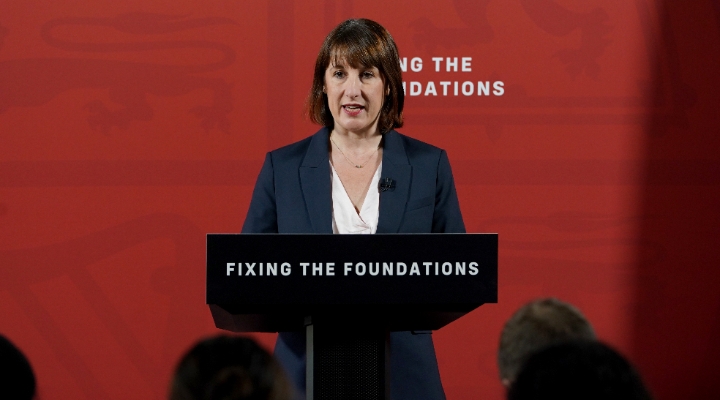Marks & Spencer Group was the main casualty in the FTSE 100 index at last check after the retailer cut its dividend by a third, in a widely-expected move but still one that was never going to prove popular with shareholders.
The group’s full-year results were broadly in line with analysts’ forecasts but the reduction in dividend and suspicions that the stock is trading at an undeserved premium to the sector hit the shares, which had shed 33.5p or 9.9% to 305.75p by Tuesday afternoon.
Like-for-like sales slipped by 6% in the year to March 2009, with adjusted pretax profits dropping 40% over the year to £604.4 million—in keeping with consensus expectations. M&S reduced net debt by £600 million to £2.5 billion, which was better than many had expected, although this was largely driven the classification of its £500 million pension liability to equity. “Although a largely cosmetic change, there will be benefits both from a cash flow flexibility perspective and a reduction in the interest charge,” Numis Securities analysts Andrew Wade and Nick Coulter wrote in a note this morning.
The retailer’s decision to cut its final dividend by 33% to 9.5p, bringing the total full-year dividend to 17.8p, and to rebase its March 2010 dividend at 15.0p versus 22.0p previously, was of no surprise to most analysts. Dividend cuts never go down well with shareholders, however, causing a share price drop that belied an overall acceptance of the full-year numbers amongst the analyst community.
“M&S has delivered an in-line set of results and we are likely to maintain our full-year 2010 forecasts based on guidance given in the statement,” Arbuthnot analyst Jean Roche, who has a Buy recommendation and price target for the shares set at 370p, said. Numis moved to raise forecasts following the company’s results, hiking its pretax profit forecast up by 9% to £524 million for 2010, factoring in a better outlook for like-for-like sales and a reduced interest charge.
“However, trading at a premium to the sector on 14x earnings, we retain our negative stance,” Numis said. The broker repeated its Reduce recommendation on the stock and tweaked its target price to 290p, citing what it believes to be an undeserved trading premium to the sector.
Analysts at KBC Peel Hunt were in agreement on this point. “With a growing international business, freehold backing and scope for margins to stabilise, we can see the ‘bull case’ for Marks & Spencer,” John Stevenson said. “However, the shares are now trading on 8.2x 2008 peak earnings, a position that may take another five years to recover. On that basis, we prefer both Next and Debenhams for apparel exposure.” Stevenson reiterated his Sell recommendation and 250p price target.
Turning to the current trading performance, the retailer’s start to the fiscal year to March 2010 was this morning said to be “broadly in line” with the fourth quarter performance. Market share appeared to have been maintained by volume, although not by value, fuelling concerns that the group could be losing a share of the market to cheaper retailers, “particularly with Tesco's recent performance,” noted market strategist Joshua Raymond at City Index.
Sentiment surrounding the retail sector following M&S’ results also dragged other industry players lower. Next slipped 1.7% to 1,531p, Home Retail Group lost 1.7% to 245.25p, Tesco eased off 1.5% to 354.6p and Morrison Supermarkets fell back 1.4% to 246p. With financials and miners extending Monday’s strong performance, however, the FTSE 100 index traded marginally higher, up 15.7 points or 0.4% to 4,462.1.
























